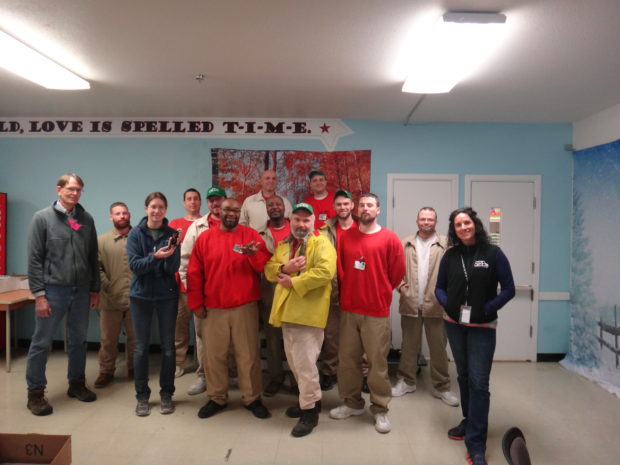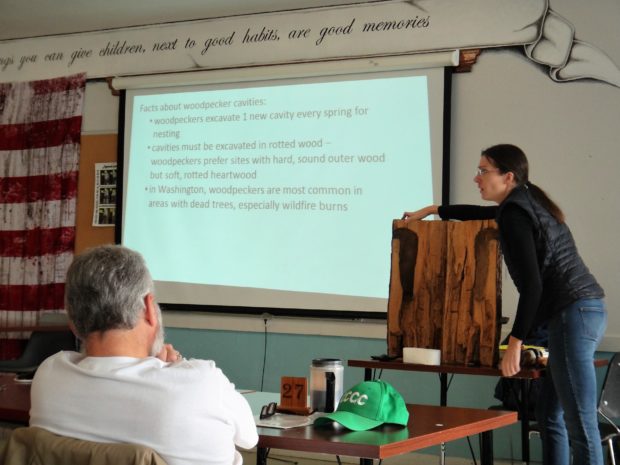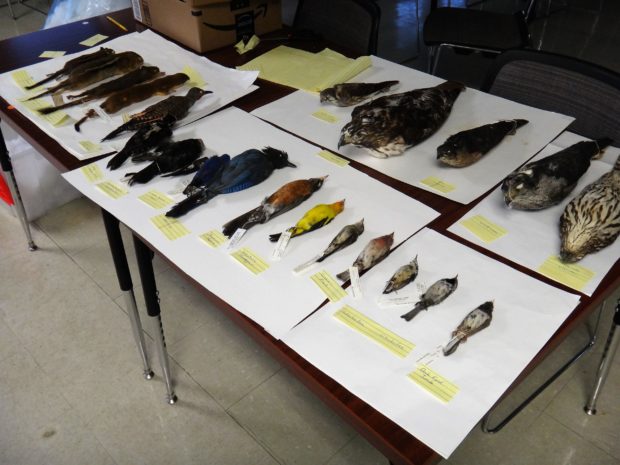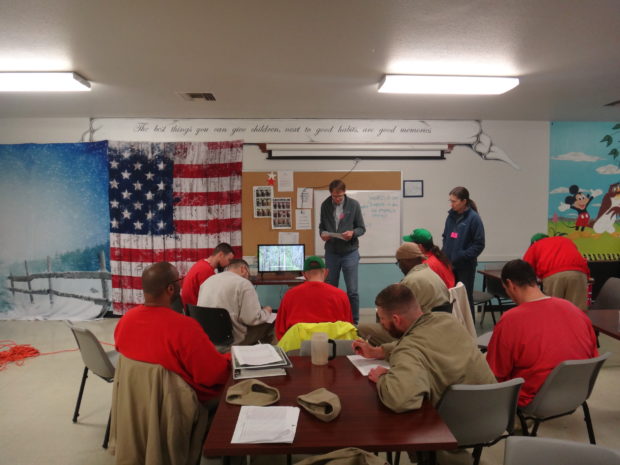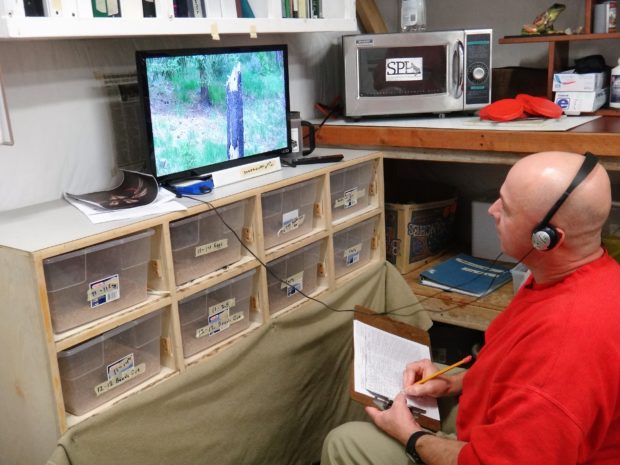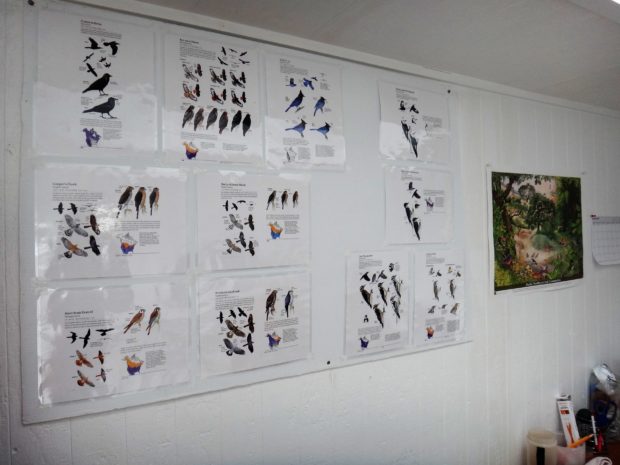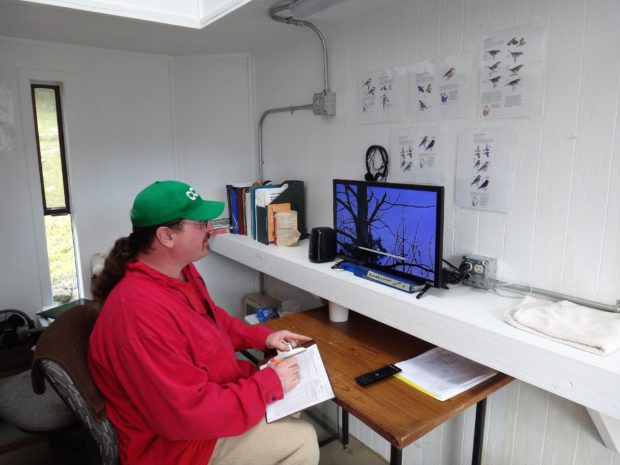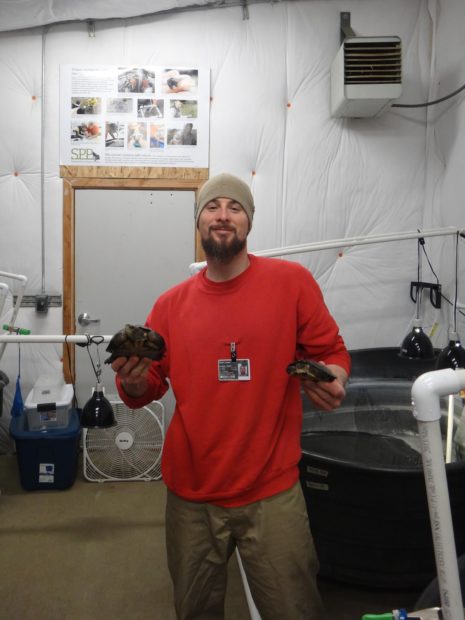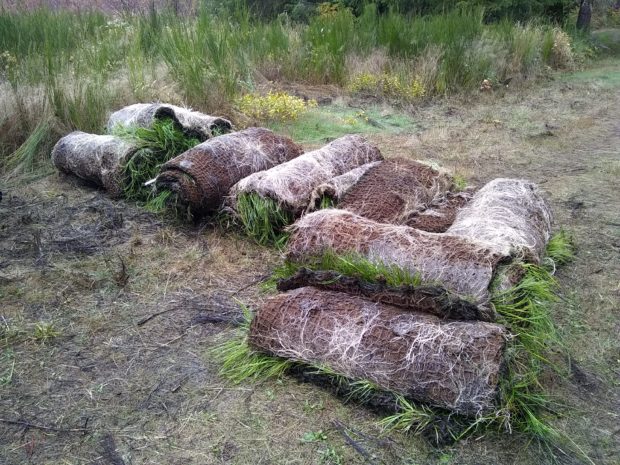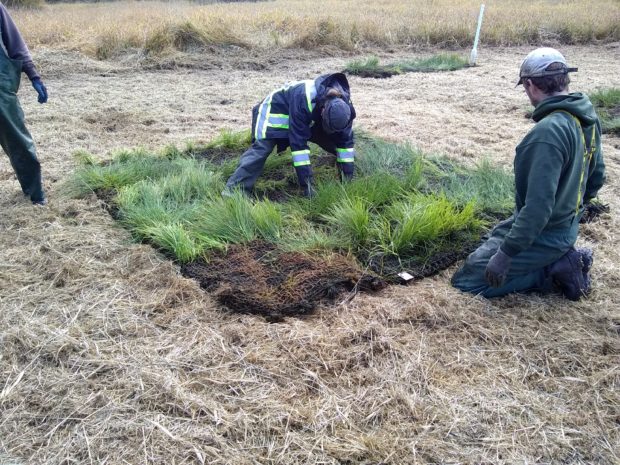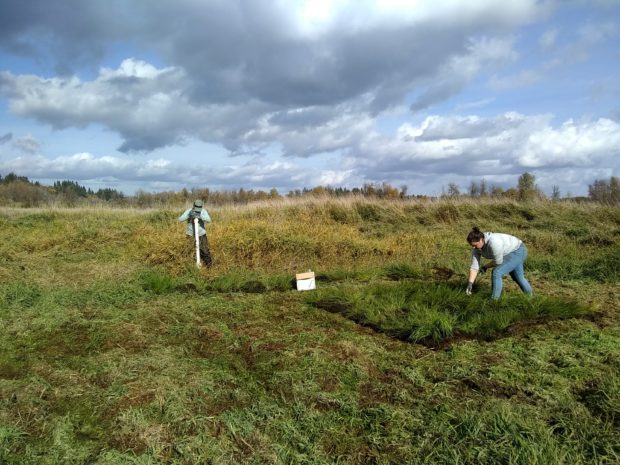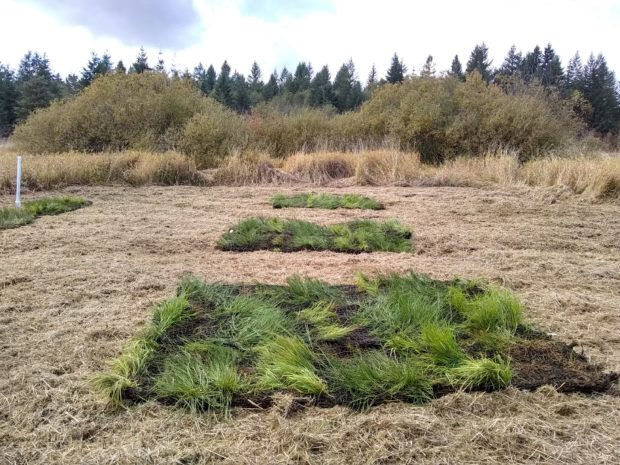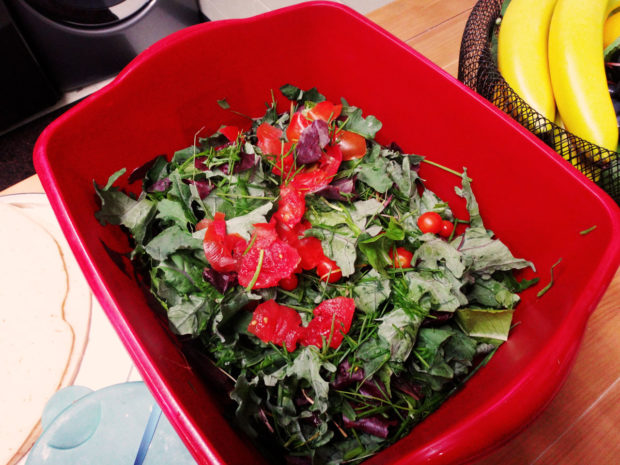Text and photos by Bethany Shepler, SPP Green Track Program Coordinator

There are little bits of prison humor throughout the SPL; the signs for the bear and quilt production area read “Stuffed Animals Department” and “Bears From Behind Bars.”
Before visiting the Sustainable Practices Lab (SPL) at Washington State Penitentiary (WSP), I was told it was an impressive set-up. Still, I was not prepared for how large and integrated it is. The SPL is basically a warehouse housing 18 programs, including a Teddy Bear program, aquaponics, SafeTap water filtration system (here’s an article on the guys at the SPL constructing water filters!), composting, wood-working, recycling, trout, gardens, quilt making, crochet/knitting, classroom, and the sign shop. I’m sure there’s more I’m forgetting too—the SPL is incredible to the point of overwhelming!

This is a view of the wood-working area within the SPL. In the background is some of the recycling (cloth and cardboard) as well as a little “plant hospital” at the back, where inmates care for “sad” plants brought in by staff members.

On the left side of the photograph is the aquaponics and trout area of the SPL. On the right is where inmates make quilts, teddy bears, and knitting and crochet crafts. There’s a room in the back of the photo that houses the wood-burning equipment, for sign etching.
I could not believe how resourceful the guys at the SPL are. Everything they work with is recycled or donated — even the teddy bears’ stuffing comes from recycled material retrieved from the prison’s waste stream.

These garden boxes are what started it all at WSP. Inmates rent a box for a small fee, and keep a garden with the plants of their choice. As the popularity of the garden boxes grew so did the sustainability programs available.

When an inmate joins the SPL their first task is to make a baby quilt. All materials for quilts have been donated by the local community. Once the quilts are completed, they are donated back to the community.
Of all of the stories I heard when I visited the SPL, I was most struck by one about an inmate rebuilding a bicycle. This particular bicycle came with a letter attached. The letter explained that the bike was owned by a little girl who was hit and killed by a drunk driver. The parents kept the bicycle in their garage for almost 20 years before giving it to the prison to be refurbished. When SPL staff and technicians read the letter and saw the little girl’s bike, they knew of the perfect man to refurbish it: an SPL technician who had been incarcerated for hitting and killing a bicyclist while driving drunk. He was asked if he would be willing to refurbish this bike; he accepted knowing the task would be difficult and healing.
He refurbished the bike to look exactly like it did when the little girl rode it and returned the bike to her mother with a letter of his own. He detailed his healing process through refurbishing this bicycle; he was frequently moved to tears while working on the bicycle and even now, he can’t help but cry when he thinks about it. The mother of the little girl now takes the bicycle and the two letters with her to local schools and organizations where she talks about the dangers of driving drunk.
For me this story captures the heart and soul of the SPL, where every program is dedicated to reclaiming materials, creating value, and giving to the community. It’s a moving illustration of how ingenuity, creativity, and hard work can change lives!
Here’s a link to an earlier two-part blog on the WSP SPL: Part 1 and Part 2.
